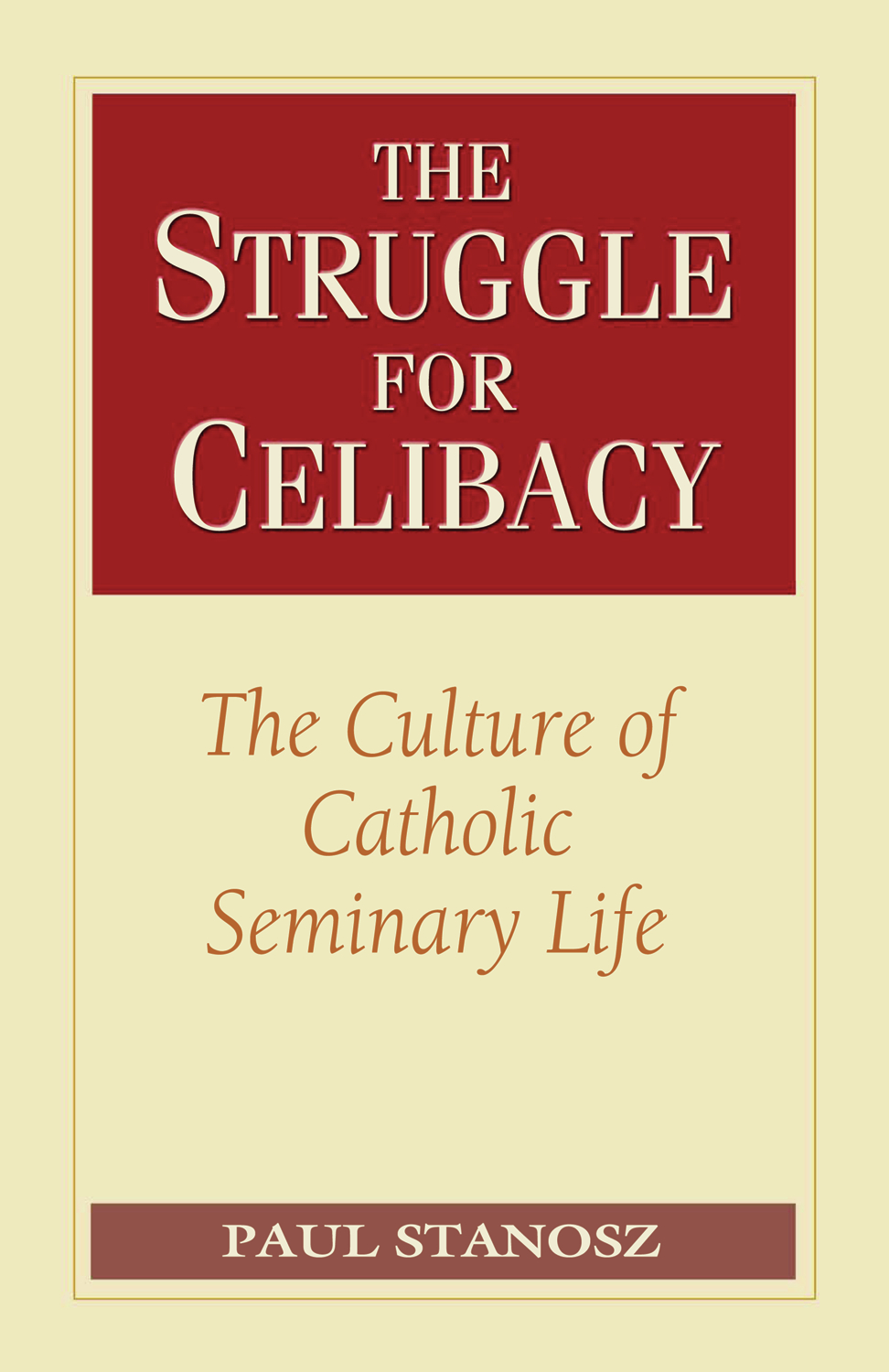- Title: The Struggle for Celibacy
- Subtitle: The Culture of Catholic Seminary Life
- Page Count: 280
- Available Formats: Trade-paper (9780824523817)
- Edition: Trade Paper
- Original language: English
- Retail US: Trade-paper (30.95)
- Retail Canada: Trade-paper (37.95)
- Retail Canada: 37.95

